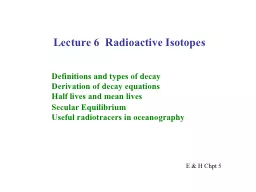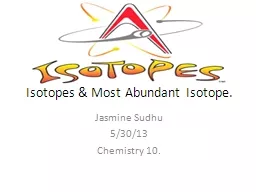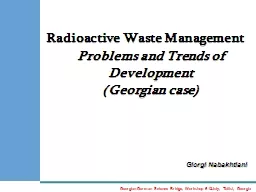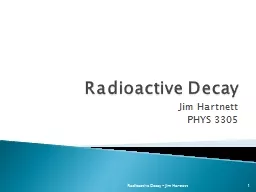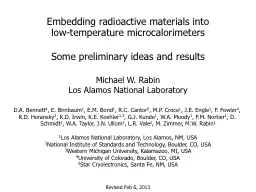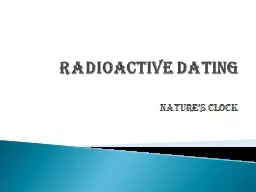PPT-Lecture 6 Radioactive Isotopes
Author : luanne-stotts | Published Date : 2017-04-06
Definitions and types of decay Derivation of decay e quations Half l ives and mean lives Secular Equilibrium Useful radiotracers in oceanography E amp H Chpt
Presentation Embed Code
Download Presentation
Download Presentation The PPT/PDF document "Lecture 6 Radioactive Isotopes" is the property of its rightful owner. Permission is granted to download and print the materials on this website for personal, non-commercial use only, and to display it on your personal computer provided you do not modify the materials and that you retain all copyright notices contained in the materials. By downloading content from our website, you accept the terms of this agreement.
Lecture 6 Radioactive Isotopes: Transcript
Download Rules Of Document
"Lecture 6 Radioactive Isotopes"The content belongs to its owner. You may download and print it for personal use, without modification, and keep all copyright notices. By downloading, you agree to these terms.
Related Documents

